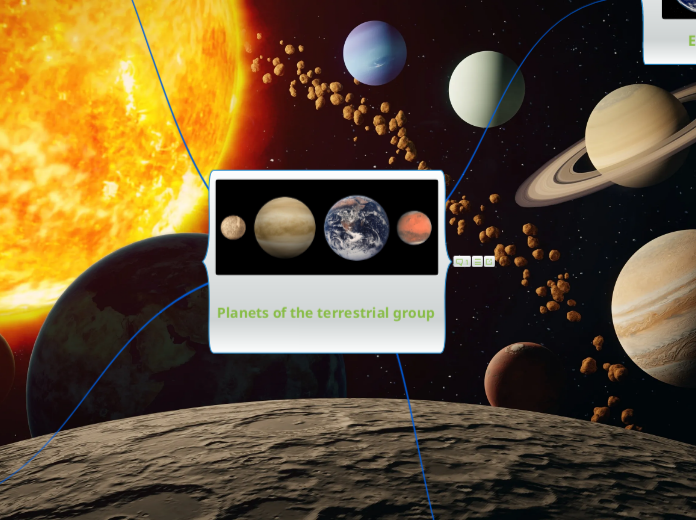space
Chapter 8 (Exploring Our Universe)
8.3 Exploring Other Stars
How Stars Evolve
Neutron Stars
High-Mass Stars
Intermediate-Mass Stars
Low-Mass Stars
The Hertzsprung-Russell Diagram
The Main Sequence
The Mass of Stars
The Composition of Stars
The Colour and Temperature of Stars
How Bright is That Star
8.2 Exploring the Sun
How the Solar System Formed
Importance of the Sun
Heating Earth
Features of the Sun
Solar Flares
Evidence of a Rotating Sun
Sunspots
How the Sun Formed
A Growing Sun
Extrasolar Planets
A Flat, Rotating Disk
Evidence for the Formation of the Solar System
The Formation of the Sun and the Solar System
8.1 Exploring Space
Ethics of Space Exploration
Issues to Consider
Costs of Space Exploration
Canadian Contributions to the ISS
Canadian Astronauts
The ISS
Laboratory in Space
Satellites
Geosynchronous Satellites
ENVISAT
Additional Uses of ENVISAT
Remote Sensing Satellites
GPS Satellites
Landers
The Lidar Instrument
Planetary Orbiters and Landers
Mars Climate Orbiter
Non-optical telescopes
Canada's Space telescope
Optical Telescopes
Studying Objects in Different Wavelengths
Canada's Space Telescope
Telescopes in Space
Exploring Space with Telescopes
Challenges of space travel
Chapter 9 (The Mysterious Universe)
9.3 Unsolved Mysteries
Dark Energy
Dark Matter
Dark Matter and the Milky Way Galaxy
The Search for Dark Matter
Dark Matter and the Andromeda Galaxy
9.2 The Universe
CERN
The James Webb Space Telescope
Looking Back in Time
Evolution of the Universe
A Young Universe
The Big Bang Theory
COBE and WMAP
Uncovering the CMB Radiation Evidence
Evidence of the Big Bang
The Expanding Universe
Edwin Hubble
Redshift and Blueshift
The Doppler Effect
9.1 Galaxies
The Local Group
Understanding the Milky Way Galaxy
The Center of the Milky Way Galaxy
The Diameter of the Milky Way Galaxy
Star Clusters
The Shapes of Galaxies
Galaxy Superclusters
The Shape of the Milky Way Galaxy
The Discovery of Galaxies
Chapter 7 (The Night Sky)
7.5 Other Objects in the Solar System
Asteroid and Meteorite Impacts
Meteoroids, Meteors, Meteorites
Asteroids
Comets
Comet Tails
Trans-Neptunian Objects
The Oort Cloud
The Plight of Pluto
7.4 Meet your Solar System
Distances Between the Planets
Planetary Motion
The Planets
Outer Planets
Neptune
Uranus
Saturn
Jupiter
Inner Planets
Mars
Earth
Venus
Mercury
Models of the Solar System
Classifications of the Planets
7.3 Movements of Earth and Moon
Tides
What Causes Tides?
Eclipses
Solar Eclipses
Lunar Eclipses
The Moon's Motion
Why Do We Experience Seasons?
Earth's Motion
7.2 The Constellations
Viewing Different Constellations
Patterns in the Night Sky
Polaris and the pointer Stars
The Big Dipper
Constellation Names
Apparent Magnitude
Random Stars in Space
7.1 Ancient Astronomy
Inferring Earth's Spherical Shape
Earth's Curved Shadow
The Changing Sky
Disappearing Ships
Early Clocks
Early Calenders and Sky Observations
Today's Year
Mesopotamian Astronomers
Early Astronomers









